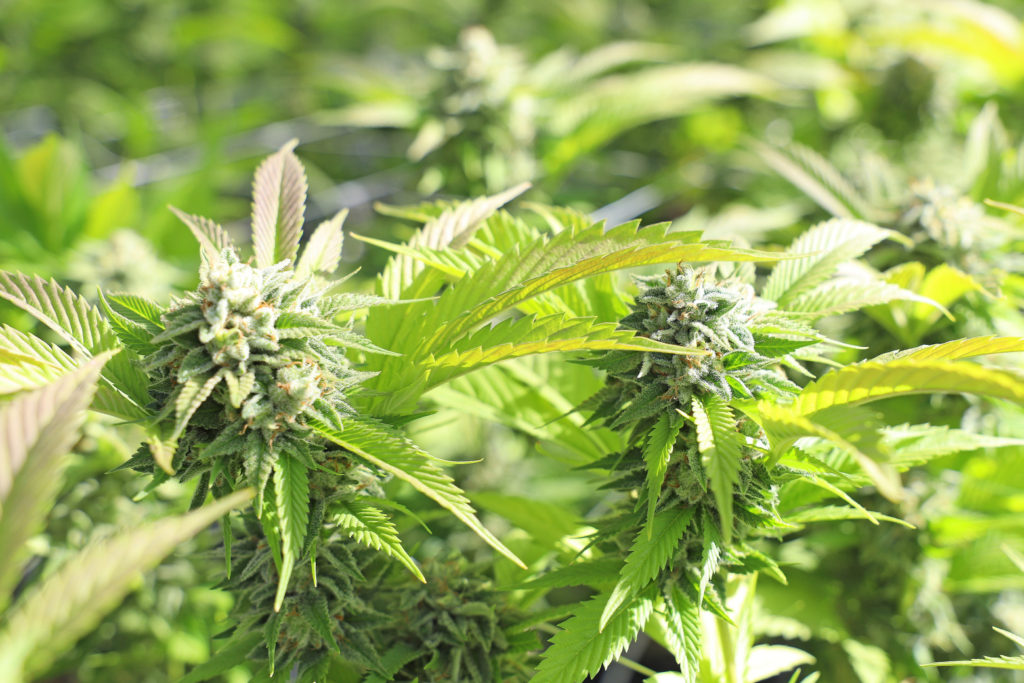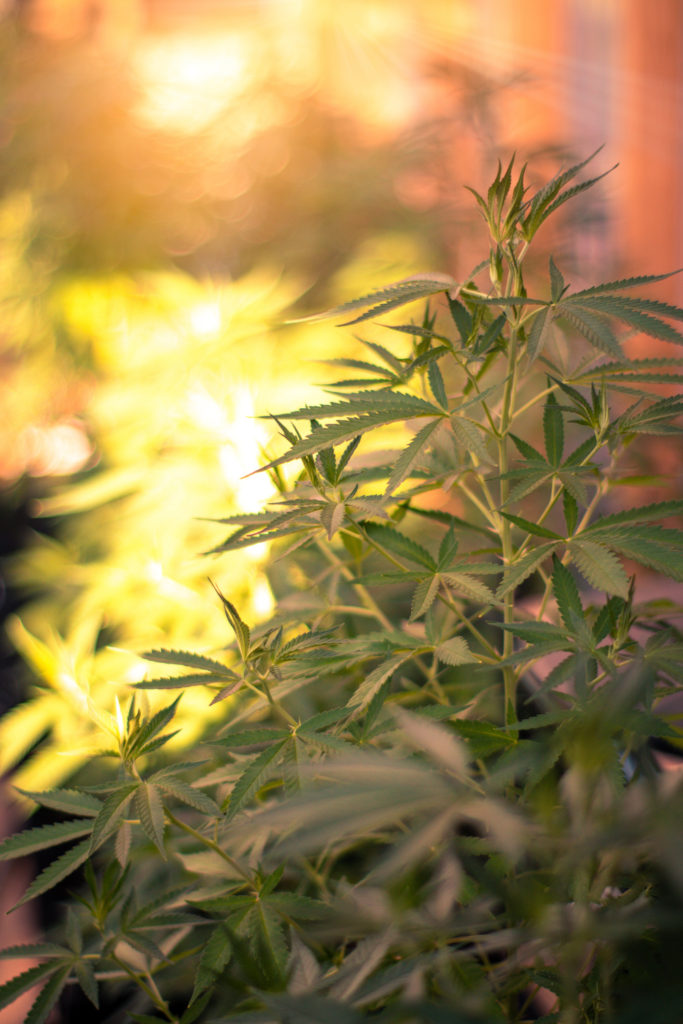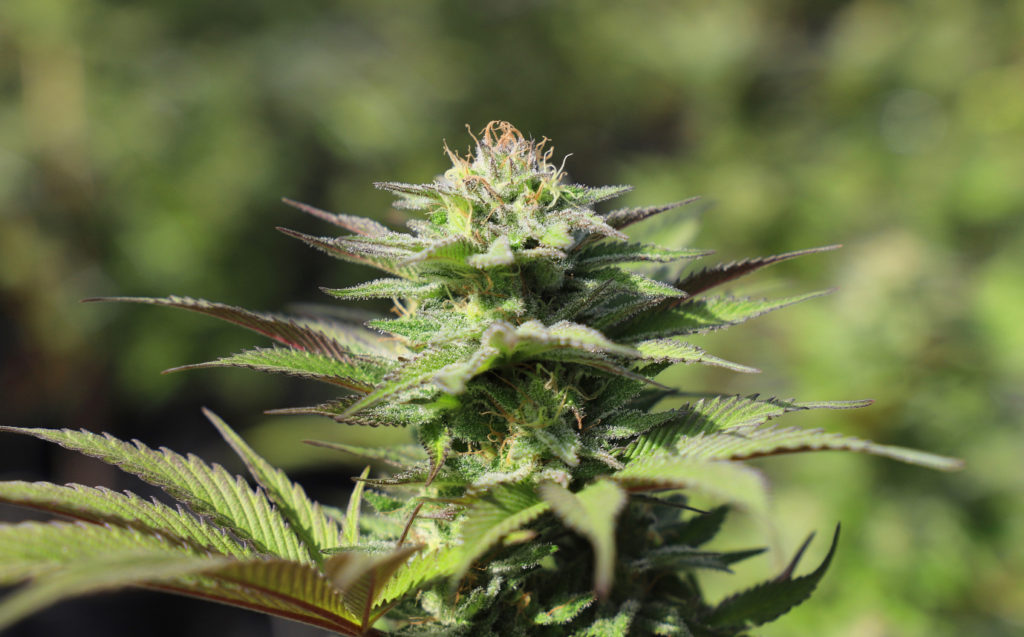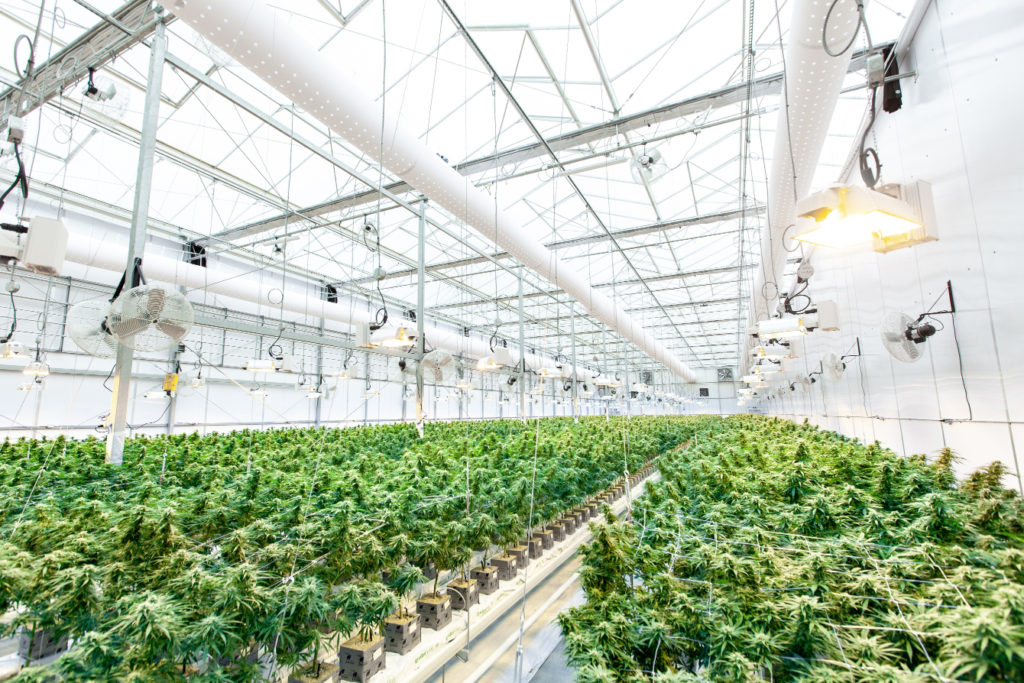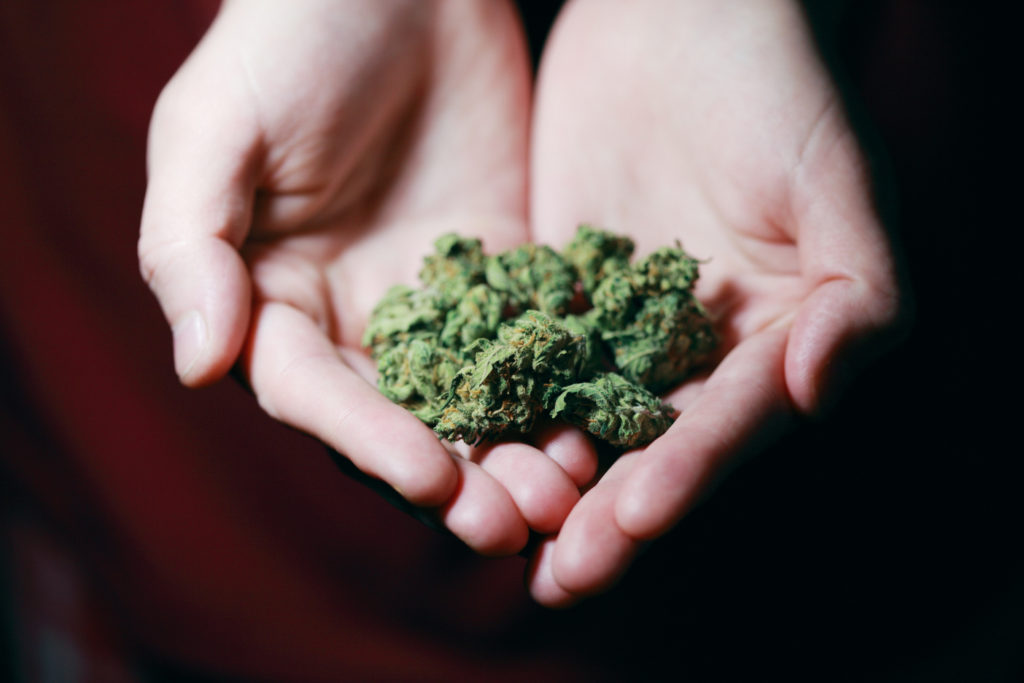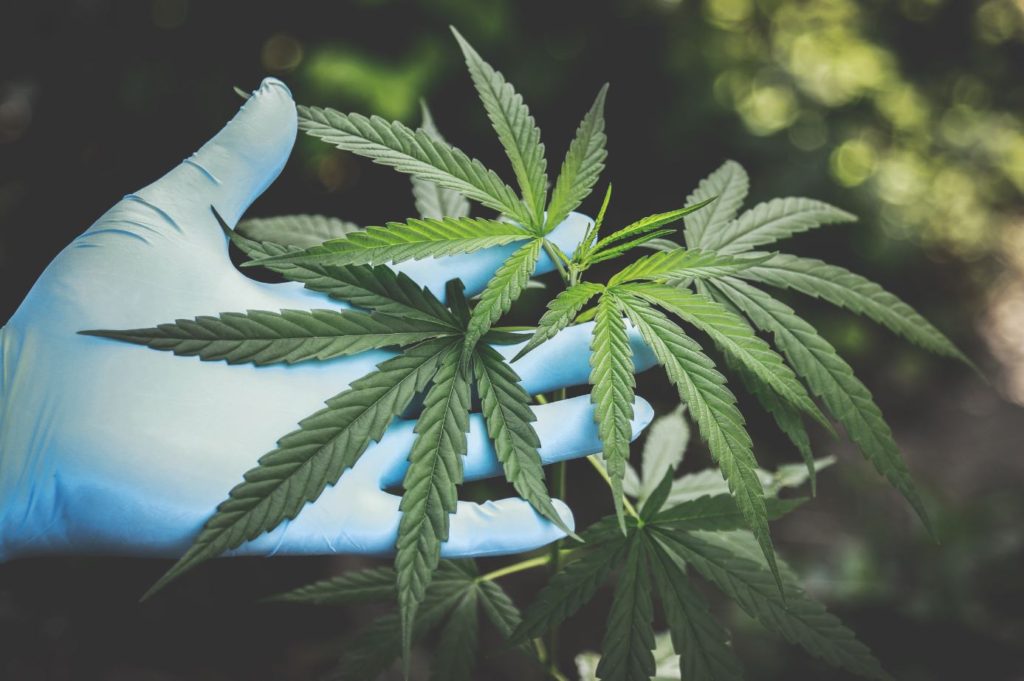An Overview On Growing Your Own Marijuana Plants, Continued
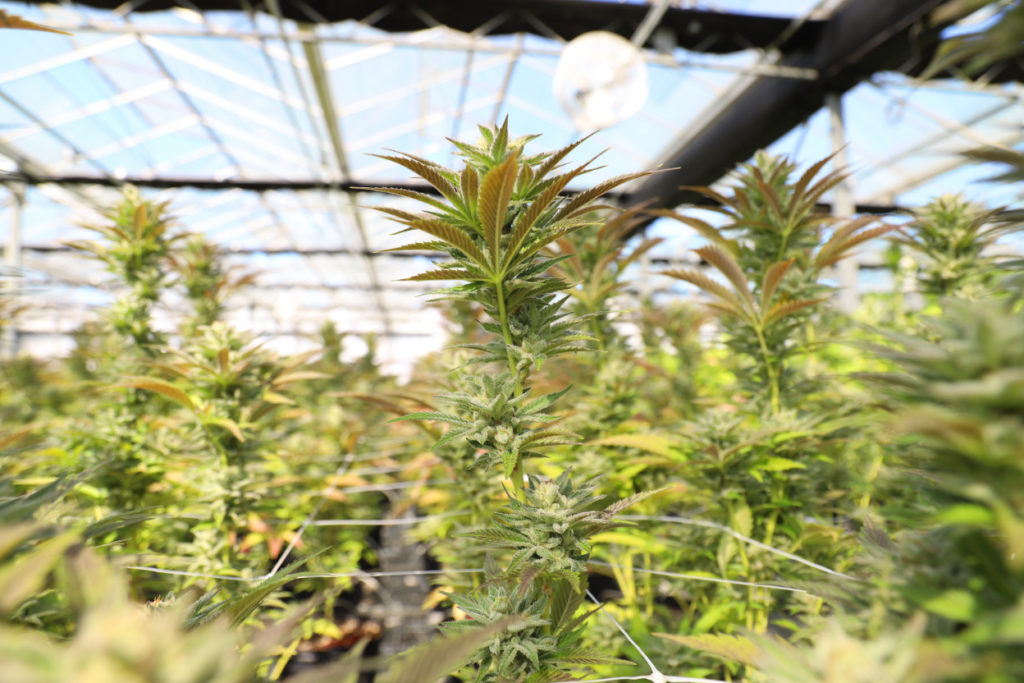
The growth of the cannabis plant can be divided into two stages, namely flowering and vegetative. Seedlings, when exposed to proper light, tend to grow taller, branch out intensely, and develop more growing tips. If the light cycle is shortened to 12 hours per day or even less, the plant’s growth is stunted. When growing outdoors, this process happens automatically as fall approaches after the plant has grown substantially during summer. However, the grower’s responsibility is to ensure the plant gets sufficient exposure to light when growing the plant indoors.
This means that if the amount of light the plant is exposed to is not reduced, it will continue to remain in a vegetative state. There will be many sticks, lumber, and leaves, but no signs of buds’ growth if the light is not reduced. It is a practice that is more commonly used when growing mother plants to take cuttings or looking to clone the vegetative plants continually. Even the mother plants have to be cloned after several years due to space limitations. While it is uncommon, there are gardens where you can see mother plants of over twenty years.
Indoor plants in the initial growth stage are exposed to around 18 to 24 hours of light in a day. When the plant’s growth and height has reached the desired limits, the light cycle is reduced to 12 hours. If the dark phase remains uninterrupted, the plant will transit from the vegetative stage to the flowering stage. When the plant’s outward and upward growth halts and flowers bloom, it becomes what we call “prized buds.”
The transition from vegetative to the much-awaited flowering stage is not instantaneous and may take several weeks. During the transition period, there would be some upward and outward growth. The hybrids grown by most cultivators today have a flowering period of around 45 to 65 days. Some rare and pure Sativa strains are known to have an exceptional flowering period of more than three months.
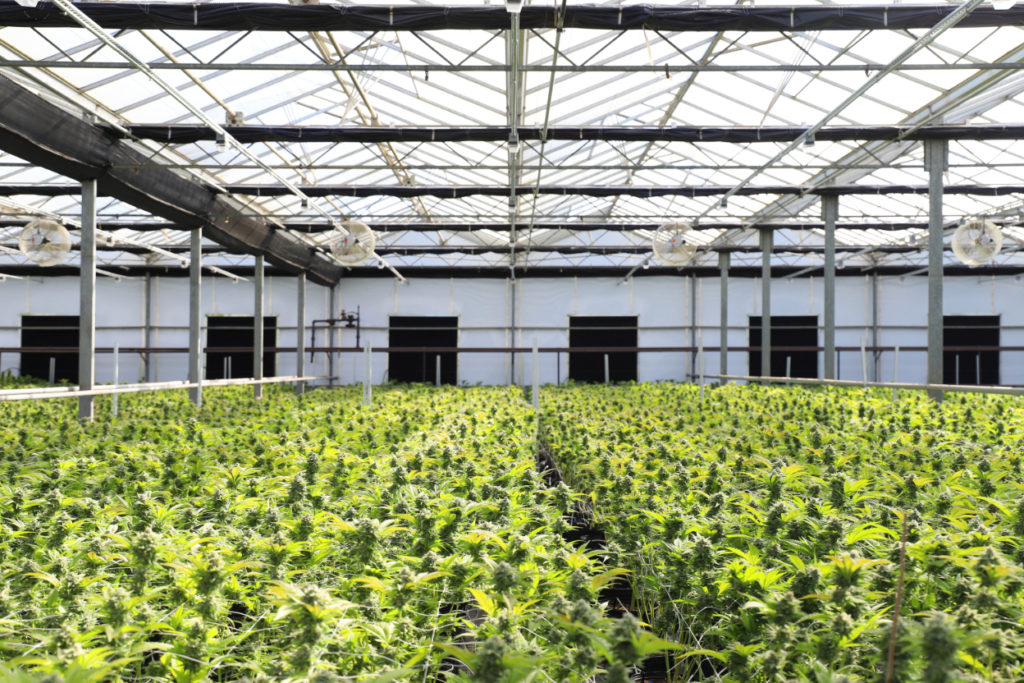
One thing to note here is that the plant’s nutrient requirements during both vegetative and flowering stages are entirely different. It’s essential to tailor your grow methods accurately each phase, especially during the transition, to ensure the desired harvest. During the vegetative or initial growth stages, the plant requires more nitrogen-heavy nutrients, such as seaweed or liquid fish. During the flowering stages, the plant requires nutrients rich in phosphorus and potassium, such as bat guano. It’s essential to familiarize yourself with NPK fertilizers, so you have high-performance formulas needed for good results during the growth stages.
Growing Cannabis Indoors vs. Growing Cannabis Outdoor – Which is Better?
Typically, the pot grown outdoors is not considered “good quality” because outdoor cultivation is mostly done on a large-scale. These plants grown outside are leafier, and their buds are not fully developed. However, it doesn’t mean that great pot cannot be grown outdoors. All you need to do is make sure your cannabis plants are protected from rain or wind. Fast winds can degrade THC’s quality, bruise trichomes, and even break branches. It’s essential to create a greenhouse or a windbreaker to protect the plant from the wind.
Rain can be detrimental to the plant’s growth, too, especially during the later stages of flowering. Rain can potentially cause mold that would rot the bud and reduce the amount of high it provides. Covering the plants during the rainy season or windy weather is essential.
When it comes to growing indoor plants, the entire process is different. Cannabis is grown best in rooms with intake fans, outtake fans, and charcoal filters, which can quickly soak any odour from the environment. The combination of intake fans and outtake fans ensures a constant supply of fresh air in the room.
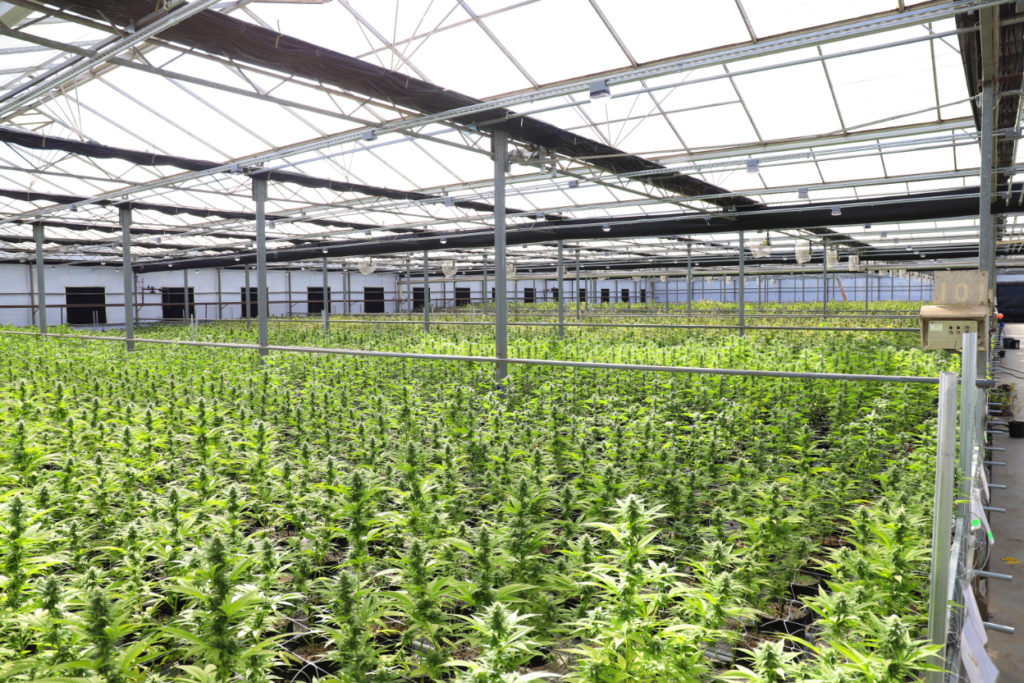
Growers need to keep pests away from indoor plants. As there are no natural predators to take care of the bugs, the vegetarian bugs would have a free run on the unsuspecting plant leaves. The branches of the plant may also need to be staked to lend additional support. Make sure the lighting is never too close or too far from the top of the plant. The distance of around one to two feet is considered optimal for indoor plants. Growing cannabis is not difficult either indoors or outdoors; the choice depends on your personal preferences and what you have available.
Fertilization – Should You Choose Chemicals or Go Organic?
Like all plants, cannabis needs a sufficient amount of nutrients for ideal growth. Besides the basic supply of NPK or Nitrogen, Phosphorous, and Potassium, many other micronutrients are also required. The primary difference between the organic and chemical-based nutrients lies in how the nutrients are supplied to the plant. Laboratory developed formulas are considered inorganic, such as Miracle-Gro, which is a concentrated salt formula. However, nutrients retrieved from living organisms such as Liquid Fish, Seaweed, and Bat Guano are organic.
Many growers feel that plants cannot distinguish between the elemental molecules they feed on from organic or chemical-based compounds. Some growers openly claim that all the fuss about organic pot is nothing but a sham. On the other hand, organic growers believe that the taste of buds of organically grown plants is much better. The nutrients and other resources needed for organic pot’s growth are readily available and much cheaper.
Whether the plant is organic or not, it needs to undergo flushing in the last couple of weeks. Flushing is done to ensure we remove all the salts and minerals the cannabis plant has soaked up. It’s a mandatory process, and if more growers followed this step strictly, the quality of weed available worldwide would be much better today.
Pest Control – Choosing Between Organic and Chemical-Based Products
Like fertilization, there are differences in opinions among the growers about whether to use organic pest control methods or chemical sprays and pyrethrum. Some growers stick to organic pest control products and methods like using Neem Oil and using predator insects or nematodes to fight off pests. However, at times, the growers are overwhelmed with pest issues and have no options left but to choose chemical-based pest products.
Keeping a close watch on the plant and regularly checking for any pests’ presence would help keep any pest issues at bay. Rinse the leaves and mist the plant regularly with pest sprays. Using safe and organic methods is always preferred as far as possible. It would not only produce a better-tasting pot but ensure no unwanted chemicals are ingested while smoking.
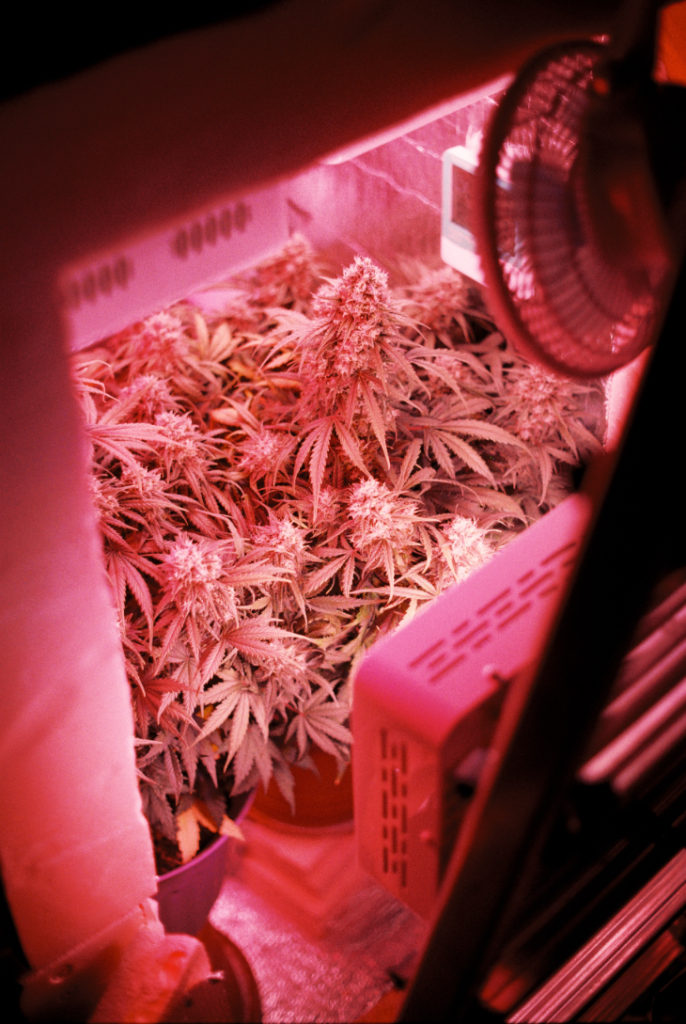
The Future of Cannabis
Cannabis use will continue to increase as more and more states are passing laws to permit the use of medical and recreational marijuana. Today, the majority of voters in the United States are in favour of decriminalizing marijuana use by adults. The voice of voters and the influence of the cannabis industry is finally being heard, and support for significant law reform has reached a record high. The fight for the legalization of marijuana has come a long way and is finally past the tipping point.
The practice of growing pot at home for personal use is spreading globally at a rapid pace. Reports say that pot is grown for personal use as far as Lebanon, Mexico, Belgium, and Spain. Many other independent reports claim that the practice of cannabis cultivation for recreational purposes is growing in Asia, Eastern Europe, and beyond.
What’s Next?
Smart growers should build a nursery of mother plants and continue to share its materials with like-minded people interested in growing. Cultivators now have access to better technology, materials, and information than ever before. Growing techniques continue to get more refined, and cultivators can easily share their experiences and growing tips online.
The internet has provided a public forum for growers to come together, solve each others’ problems, provide solutions, and share knowledge freely and openly. As these forums and alliances develop further and continue to thrive, refined techniques and better strains find their way across the globe.
Continue Reading